Burn the Fat Q & A, With Coach Tom Venuto
Q: Tom, How do I know the maximum number of carbohydrate grams I can eat in one sitting without excessively spiking my insulin and having those carbs turn into fat? For a man, would 70 grams be about right? Is there a rule of thumb?
A: How many carbs can you eat per meal without storing it as body fat? It’s a common question, and a part of the reason is due to low carb diets being so popular. Unfortunately that’s why many people are afraid of carbs and worried about eating too many carbs in a single meal.
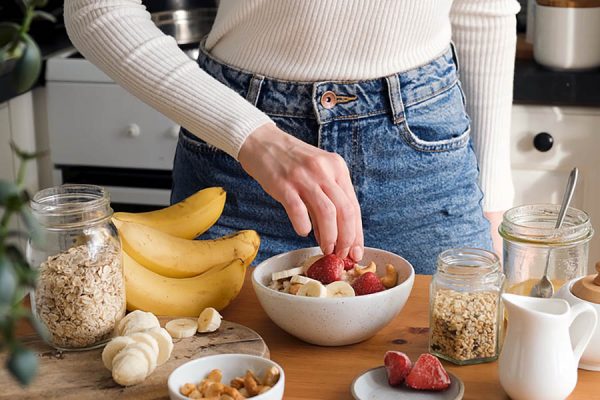
To avoid unnecessary carbophobia or even having that mindset turn into some kind of eating disorder, it’s important to first remind yourself of something:
Carbs don’t make you fat, excess calories do.
If you eat too much of any food or any macronutrient, you’ll store fat. But you won’t gain fat unless you have a calorie surplus. That means the amount of carbs that’s too many is… (drum roll) … the amount of carbs that pushes you into a calorie surplus. When it comes to fat storage, the issue is not carbs per se. The issue is not insulin. The issue is excess calories.
With that said, it’s important to have not only a daily calorie goal but also goals for your daily macro intake. It’s also not a bad idea to have a target to shoot at for your macros per meal.
I can give you some general rules of thumb for the typical man or woman following a balanced macro diet. A woman with an average activity level and body size would probably aim for about 40 to 60 grams of carbs per meal. The average man will usually aim for about 60 to 80 grams of carbs per meal.
But there’s no single number of carb grams per day or per meal that applies to everyone. Carbohydrate goals for the day and per meal can vary dramatically based your goals, your body size, your activity level and even your personal preferences. Some people like eating more carbs, some people like eating a little less carbs, and either way can be fine.
If you want to nail down as closely as possible your ideal amount of carbs to eat per meal, you can do that by using the 5 “carb setting” factors you’ll see listed below:
1.Your total daily calorie expenditure
The bigger your calorie budget, the more carbs you can eat per day and per meal. It’s that simple. If you’re a big athletic man and you burn 3500 calories per day, you get to eat a lot more carbs than a small, sedentary woman who only has a budget of 1900 calories per day.
These two people are so different in their calorie needs, there’s no general rule of thumb for carbs that could apply to both of them. You simply have to do the macro math based on the calories you have to work with. Customization is everything.
Certain outliers, like endurance athletes, can burn mind-boggling amounts of calories, so their carb intakes are off the charts. It can literally be multiples of what the average dieter is eating (and yet they still don’t gain weight).
That’s why knowing how many carbs per meal you should eat starts with knowing how many calories you burn each day. That’s your “Total daily energy expenditure” (TDEE).
Your TDEE is easy to calculate using standard equations like the Harris Benedict method. When you use an online calculator, all it takes is entering a few of your personal stats and then a mouse click.
The number will depend a lot on activity and body size, but for the average man it’s usually around 2800 calories per day. For the average woman, it’s usually closer to 2100 per day.
2. Your state of energy balance.
How many carbs per meal you should eat is also going to depend on your goal. Are you going after fat loss, weight maintenance or muscle gain?
Having a goal for weight maintenance means you’re eating at maintenance level calories. That means you have room for more carbs than if your goal was fat loss. If your goal is muscle gain, you’ll be setting your calories in a surplus. That means you have even more room for carbs. Carb intakes on muscle gaining diets can be very high. Carb intakes on fat loss diets are always much lower.
To simplify things, let’s consider that the average woman usually aims for between 1400 and 1800 calories per day for fat loss. The average man usually aims for 2100 to 2500 calories for fat loss. These general rules of thumb probably cover 70% of the population.
If the average woman has a 1600 calorie per day budget and the average man has a 2300 calorie per day budget, that only leaves certain amount of room for carbs. Protein is the top priority so you have to make room for that first. You’re also going to leave room for some dietary fat. So you can see that how many carbs per meal you can eat is constrained by how many calories per day you can eat and still be in a deficit.
3. Your meal frequency.
How many carbs you eat per meal also depends on how many meals you eat each day. The higher your meal frequency, the lower the amount of carbs you can have per meal (and vice versa).
In the bodybuilding tradition, most men eat 5 or 6 meals a day and most women eat 4 or 5 meals a day. That approach works great for building muscle mass because eating a protein food multiple times a day optimizes muscle protein synthesis. However, a high meal frequency is not a necessity for people with fat loss goals.
Based on what we know today about nutrient timing, it’s ideal to choose your meal frequency based not only on your goal, but also on your personal preferences. It’s best to choose a meal schedule you know you can follow consistently as a lifestyle.
When you ask the question, “how many carbs per meal,” here’s the important point to remember: If you choose 3 meals a day, you’ll be eating more carbs per meal than if you chose 5 meals per day.
If a man eats 2300 calories per day and sets his carbs at 40%, that’s 920 carb calories which is 230 grams per day in total to work with. If those 230 grams are spread across 5 meals, that’s 46 grams per meal. If he spreads those 230 total grams across only 3 meals, that’s 76 grams of carbs per meal.
If a woman eats 1600 calories per day and she gets 40% of those calories from carbs, that’s 610 calories, which is 160 grams of carbs to work with for the whole day. If she spreads them out over 5 meals, she gets only 32 grams of carbs per meal. If she spreads them over 3 meals, that’s 53 grams of carbs per meal.
4. Your carb distribution across your meals.
I don’t recommend eating your whole day’s worth of carbs in one meal and then no carbs at any of your other meals. However, you don’t have to spread your carbs evenly across all your meals.
Some people prefer a bigger dinner, breakfast, pre-workout meal or post workout meal. If you want to move around some of your carbs through the day to suit your preferences, that’s fine.
The main priority for fat loss is that you set your calories properly and set your protein properly. This includes being in a calorie deficit, and hitting your ideal protein intake every day, and doing it consistently.
Most people like to spread their carbs evenly through the day. From a meal planning perspective, that’s the simplest way to do it. Here’s one reason why: if you create 10, 12, or 15 favorite “go to” meals or recipes and you plan them out so they all have about the same calories and macros, it’s super-easy to rotate them and get some variety in your meal plan while nailing your macros day after day.
5. Your preferred diet approach – low carb, moderate carb or high carb.
It’s not necessary to cut carbs to low levels to lose fat. It is however, a viable option if you can sustain it. For fat loss, there are advantages to swapping out some carbs and putting a bit more protein in their place.
To achieve fat loss, some things are mandatory and some things are not. A calorie deficit is mandatory. Eating enough protein is also mandatory, if you want the weight you lose to come from fat and not lean mass.
In contrast, how many carbs you eat (and how much fat) has much more leeway than most people think. You can choose a diet that’s higher in carbs and lower in fat, a diet that’s higher in fat and lower in carbs, or choose a more evenly balanced macro split somewhere in between.
You can make this decision based largely on personal preference, and which approach you choose will change the answer to the how many carbs per meal question entirely.
If you decide to follow the low carb approach, then obviously, the carb grams will be much lower than what we discussed here. In fact, the entire question almost becomes moot.
If you decide to follow a high carb approach, you still have to watch the portions and make sure you have a calorie deficit, but the carb grams will be on the higher end.
“But if you eat big, high carb meals, why don’t some of those carbs get stored as fat? What about insulin?”
What if you love indulging in a big “lumberjack” pancake breakfasts, or you enjoy making the family dinner the biggest meal of the day, with lots of pasta? If these meals have more calories and more carbs than any other meal, then why doesn’t it turn into fat?
Well, if you did eat more carbs in one meal than your body needed at one point in time, some of it can get stored as muscle glycogen. If your glycogen stores were full, an acute carb excess may indeed lead to fat storage. But what you need to remember is that your fat cells are continuously taking in energy and also continually releasing energy over the course of a day and a whole week.
Even if one day included a huge, carb-heavy meal, if you stayed inside your calorie budget for the day, and if your other meals had fewer carbs and fewer calories, you could still have a net deficit for the day and still lose fat in the end. Same thing for a whole week. If one day you had a surplus, you’d store fat. But if the other six days you had a substantial deficit, you could end the week with a net deficit and still have a net fat loss.
This isn’t a question of insulin spikes either, it’s simply how energy balance works. If you’re a fairly healthy person (not diabetic, and so on), even if there is an insulin spike, that shouldn’t worry you. Why do so many freak out about insulin? It’s mainly because of myths spread by the low-carb diet community.
Most advocates of low carb diets, especially ketogenic diets, claim that obesity is not caused by excess calories, but by hormones. The carbohydrate-insulin hypothesis is the theory that carbohydrates spike insulin, and insulin causes fat storage and stops fat from getting released from fat cells.
Technically, it’s correct that insulin is a storage hormone and when insulin is high it prevents the release of fat from the fat cells. But insulin levels don’t stay elevated all day long after eating a high carb meal. Even if you’re body is in “storage mode” during the period following a meal, your body is fluctuating between the fed state where you’re absorbing (or storing) energy the and fasted state, where you’re releasing energy, not storing it.
Almost all the long-term studies comparing low carb and high carb diets show no difference in results if the calories (and the protein) are the same. When someone loses weight successfully on a low carb diet, it didn’t work because it controlled insulin, it worked because it helped that person achieve a calorie deficit (it’s hard to overeat when you’re on low carbs).
Summarizing it all
While you can see it’s possible to give guidelines for what’s typical, you can also now see that carbs per meal can vary a lot because so many factors are involved.
It varies even more when we move the goal posts and the aim switches from fat loss to muscle gain. If you looked at my muscle gain meal plans, you’d see that I aim for an average of 86 grams of carbs per meal spread out over 5 meals a day.
These numbers are based on being an 180 pound guy. Imagine how high the carb grams would be for a 220 pound guy who wants to grow to 230 muscular pounds. Easily over 100 grams of carbs per meal, right?
If you were to then look up my recent 2500-calorie fat loss meal plan (not a low carb meal plan, a balanced-macro meal plan), you’d see my carb intake was then only 65 grams per meal. (Again over 5 meals a day). If it were a competition-prep meal plan for getting really ripped, I might drop the carbs a bit more so I’d have room to increase the protein. By then, my carbs might be all the way down to only 40 grams per meal.
So to sum up, how many carbs per meal should you eat for weight loss is a more complicated question than how many calories or how much protein. However, if you understand the 5 points I listed above, that should give you all the guidance you need to set up a meal plan that’s got the macros customized for you.
As you can understand now, because so many factors can influence your carbohydrate requirement, the ideal carb amount might be 25 grams, 50 grams, 70 grams, or could even top 100 grams per meal. It all depends on your needs. There’s no single carb amount, and that’s why I recommend macro-based meal planning so strongly.
You can learn everything you’ll ever need to know about carbohydrates and macros in the Burn the Fat, Feed the Muscle (BFFM) book. There’s an entire chapter devoted to each macronutrient. Pick up a hard copy or audiobook at Amazon
If you want to take this to the next step and learn how to create entire meal plans based on macros, the meal planning system in my new ebook will take you by the hand and walk you through the creation of your first meal plan and then show you how to create as many more meal plans as you want. It’s called, The BFFM Guide to Flexible Meal Planning For Fat Loss (CLICK HERE).
Train hard and expect success,
Tom Venuto,
Founder & CEO, Burn the Fat Inner Circle
Author of Burn the Fat, Feed the Muscle
Author of The BFFM Guide to Flexible Meal Planning For Fat Loss
Already have the Burn the Fat, Feed The Muscle books? Awesome! The next step is to join the Burn the Fat Inner Circle, our members-only online community and support site: www.BurnTheFatInnerCircle.com

Tom Venuto is a natural bodybuilding and fat loss expert. He is also a recipe creator specializing in fat-burning, muscle-building cooking. Tom is a former competitive bodybuilder and today works as a full-time fitness coach, writer, blogger, and author. In his spare time, he is an avid outdoor enthusiast and backpacker. His book, Burn The Fat, Feed The Muscle is an international bestseller, first as an ebook and now as a hardcover and audiobook. The Body Fat Solution, Tom’s book about emotional eating and long-term weight maintenance, was an Oprah Magazine and Men’s Fitness Magazine pick. Tom is also the founder of Burn The Fat Inner Circle – a fitness support community with over 52,000 members worldwide since 2006. Click here for membership details

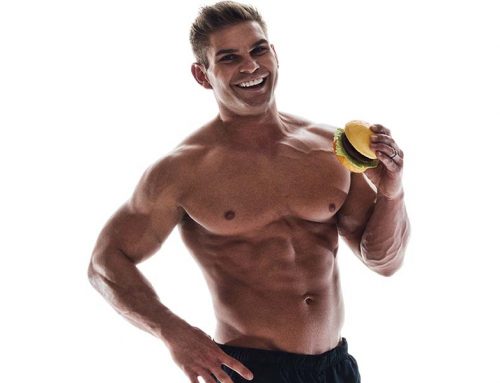
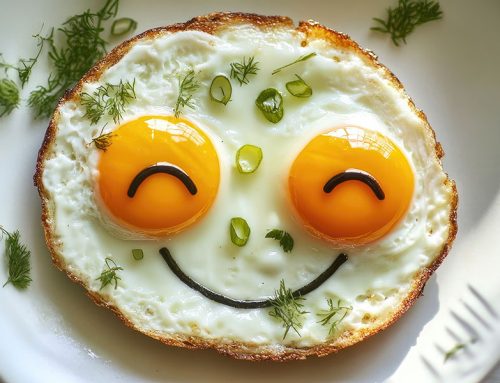
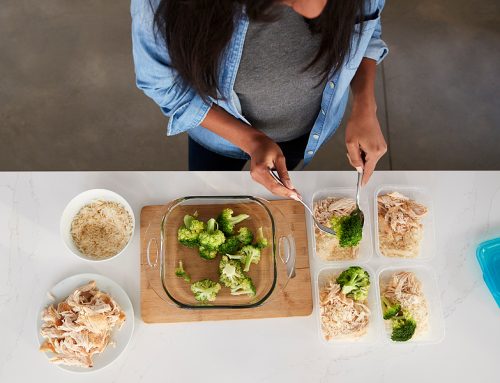

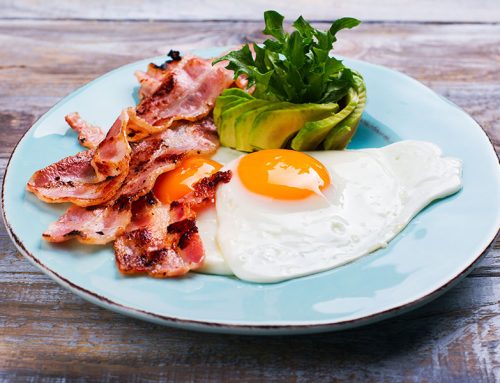
Hey Tom,
This article was just what I was looking for. In my mid 40’s, Im trying to put on muscle and know I need to be in a slight surplus, but Im terrified of getting diabetes and spiking sugar levels from adding in even more carbs. At the moment Im lifitng 5x per week and also training for a half marathon. I know it will be hard to build muscle but I still want to and willing to eat enough to try. But I certainly dont want to lose any either in the process. I need a certain amount of calories just to properly fuel myself, but my weight training sessions havent been so good due to energy.. So thought about bumping them up even more. My maintenance is 2800 but right now Im at around 3000. Though about trying 3200-3500 to see how I feel.
I mostly eat oatmeal, sweet potatoes and fruit for carbs but I do eat 1.5-2 cups of white rice with my lunch or dinner because the volume of food Im eating is greater right now. I would opt for brown rice but my kids wont eat it and I thought I read an article you wrote stating as long as you have some veggies/fiber and protein with it it should be fine?
The part where you talk about your carbs per meal or a 220lb guy trying to get to 230lbs and would need about 100gms of carbs made me feel better about my diet. Guess Im just not used to eating this much and worry about diabetes but its probably due to my lack of knowledge and what I see on social media. Thanks Tom!